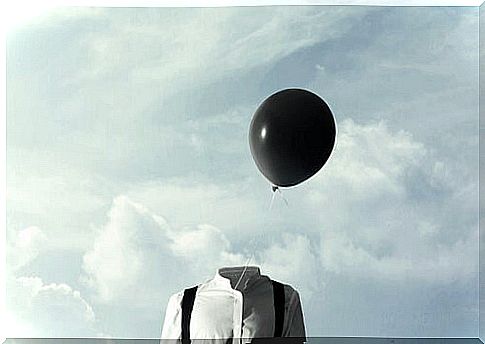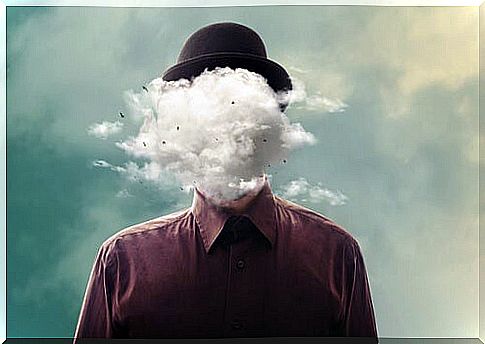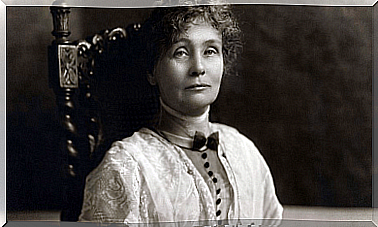Wegner’s Dream: The Effect Of The Suppression Of Thoughts

In the 1980s, Harvard University carried out an experiment that tried to find out the effect of the suppression of thoughts. It was carried out by the American social psychologist and professor at the University, Daniel Wegner. And he did so based on an anecdote narrated by Leo Tolstoy at the end of the 19th century with a white bear.
The results of the experiment showed that thought suppression – or rather, attempts at direct thought suppression – is counterproductive. Thoughts return to our mind over and over again, consciously, but also through dreams. There is a rebound of repressed thought or memory. Wegner called it a bimodal ironic mind control mechanism.
Tolstoy and the suppression of thoughts
Wegner’s experiment on suppression of thoughts was carried out on the basis of a well-known anecdote from the writer Leo Tolstoy. Tolstoy related that he had to undergo a test to be able to enter the circle of friends of his older brother. They told him that he had to sit in a corner and could not move from there until he stopped thinking about a white bear.
Poor Tolstoy didn’t make it and was there for hours. The more he tried to suppress thoughts related to a white bear, the more times his mind returned to visualizing it. The image of the white bear kept coming back again and again. The more he struggled to try to suppress that thought, the white bear struggled even harder to reappear.

The experiment
Daniel Wegner’s experiment based on this fact had several phases. In the first, the participating subjects were informed that for the next five minutes they were free to think as they wanted. They had only one limitation: not to think of a white bear.
They were asked to ring a bell during that time if the white bear appeared in their thoughts, even if they tried not to think about it. The participants did not stop ringing the bell during the five minutes of the experiment. Subjects rang the bell repeatedly at intervals of less than one minute. That is, the more they tried not to think about the white bear, the more intensely it came back to be visualized in their head.
In a second phase, the participants were asked to write down their thoughts before going to sleep. Half of the group were instructed to write down all the thoughts except those that had to do with a certain person that they liked or liked. They were given precise instructions to even suppress thoughts about that person.
The other half of the group were asked to include that person in their writing and even to write their initials. Subsequently, the dreams of the subjects were analyzed, a total of 295 students participated in the experiment. The subjects who suppressed – tried to avoid – the thought of a particular person dreamed about him almost twice as much as those who included the person in their thoughts.
The results of the experiment
The conclusions drawn from Wegner’s experiment were replicated in other similar studies with identical results. The suppression of thoughts produces a mental return to them. In this way, we speak of a strategy that is not only ineffective in eliminating thoughts, but is also counterproductive.
Wegner called this effect Bimodal Ironic Mind Control Mechanism. Subsequently, it has been called in psychology the post-suppression rebound effect. It seems that one part of our brain works intentionally and consciously, while another does so under involuntary supervisory processes from the unconscious. The unconscious vigilant part returns to the intentional part the guarded thought and produced the paradox of the constant visualization of the unthought object.

Better use of the white bear
The results of Wegner’s experiment helped introduce the white bear concept in a different and much more practical sense. Trying to direct the focus of awareness to another interest is very effective in handling intrusive thoughts of any nature .
Thus, it has been found that thought does not tend to return to the focus of consciousness, because it is not suppressed, it is only replaced by another. When there are recurring thoughts, they should not be repressed. Knowing that this is not working is very important when dealing with intrusive thoughts. The next time you have a recurring thought, just try replacing it with, for example, a white bear.









